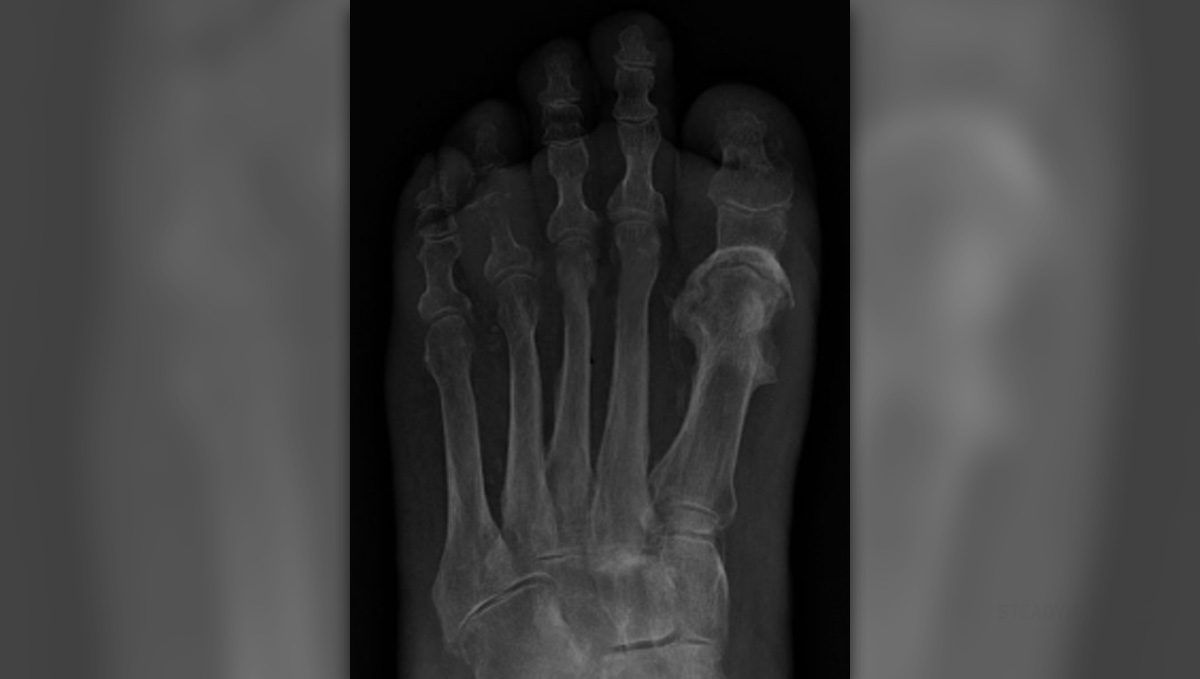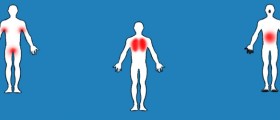
What Causes Osteomyelitis?
As it has already been mentioned in some cases osteomyelitis develops due to entrance of external germs in the area of an open fracture. It is also possible to develop bone infection after surgical procedures. The infection spreads either from the nearby tissues or can develop due to spread of microorganisms via bloodstream.
Some groups of people are more susceptible to osteomyelitis comparing to healthy individuals. For example, this infection occurs more among intravenous drug users and patients on dialysis. The infection predominantly affects long bones such as the humerus and the femur although it can also develop in the pelvic girdle, clavicle and the spine.
Osteomyelitis affects people of all ages. However, it is more frequent among children and people older than 50.
Clinical Characteristics of Osteomyelitis
There are many symptoms and signs of osteomyelitis. The condition slightly differs between children and adults.
In children suffering from osteomyelitis the infection usually features with intermittent fever (fever that come and go) and pain in the affected area is simply unbearable. Redness and swelling of the skin above the infected bone are two more characteristics of this infection. The skin may be warm to touch. Children are irritated or lack energy and become completely inactive. Symptoms and signs of osteomyelitis are much more severe in adults. In some cases there is pus draining from the opening on the skin.
Treatment for Osteomyelitis
Osteomyelitis is a serious infection and is many times hard to treat. The explanation is simple. Namely, bone cells are not accessible to antibiotics comparing to other body cells. This is why it is essential to apply aggressive treatment with antibiotics. Antibiotics are administered intravenously. Surgical treatments include drainage of the infected area (by creating an artificial opening), debridement (removal of diseases and damaged bone and other tissues) and in some cases the surgeon must also remove foreign objects such as plates or screws that have been placed during the previous surgery. Severely damaged bone parts must be surgically removed and replaced with metal rods or bone grafts. And finally, in the most extreme cases of infection even amputation may be an option.
- www.betterhealth.vic.gov.au/health/conditionsandtreatments/osteomyelitis
- www.nhs.uk/conditions/osteomyelitis/
- Photo courtesy of James Heilman, MD by Wikimedia Commons: commons.wikimedia.org/wiki/File:Osteomyelitis_of_the_1st_MTP.jpg














-Arthritis_f_280x120.jpg)


Your thoughts on this
Loading...